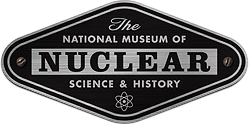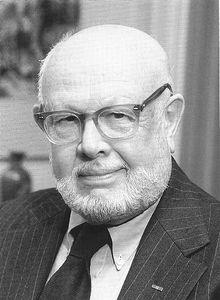William “Willie” Fowler was an American physicist who won the 1983 Nobel Prize in Physics.
He received his PhD in physics from Caltech. He spent most his career at Caltech, where he became director of the Kellogg Radiation Laboratory. He was friendly with J. Robert Oppenheimer when Oppie was on the faculty at Caltech before the war.
Fowler was an experimental nuclear physicist. His most famous paper (which he co-authored with several other physicists) was “Synthesis of the Elements in Stars.” He won the 1983 Nobel Prize in Physics with Subrahmanyan Chandrasekhar “for his theoretical and experimental studies of the nuclear reactions of importance in the formation of the chemical elements in the universe.”





